
Abstract
Since the establishment of Canada’s International Education Strategy in 2014, there has been an exponential increase in the number of international students in Canadian universities and the labour market. Despite the fact that racialized, international students contribute immensely to these institutions, international students face painful alienation and dehumanizing, discriminatory treatment.
Drawing on the use of Caribbean-decolonial, critical race, intersectional feminist opinion response commentaries, personal experiences and scholarly contributions of Harsha Walia, Robyn Maynard and Sunera Thobani, this presentation argues that Canadian institutions are not sites of benevolent inclusion. Canadian institutions are sites of persistent racialization through silencing insurgent knowledges, labour exploitation, and the maintenance of an apartheid citizenship regime.
This presentation also critiques Canada’s two-year immigration cap on the admission of international students, as a form of state sanctioned violence in which racialized, international students are viewed as “state burdens” to the housing crisis. Finally, this presentation proposes transformative recommendations for the Government of Canada to enhance international students’ lived experiences in Canada.
Contesting Canadian higher education institutions and labour market as sites of displacement and exclusion among international students
In more recent years, Canada’s immigration policy has targeted international students to foment social and economic development as part of its International Education Strategy (2014-2018 and 2019-2024). In its International Education Strategy, Canada markets itself as a safe, multicultural nation that offers high-quality education. Consequently, there has been an exponential increase in the number of international students (997,820) at the end of 2024.
Despite the fact that racialized, international students contribute CAD$22 billion to the Canadian economy and pay five to six more times in tuition fees compared to domestic students, racialized international students are never truly “included” in Canadian universities and workplaces because they are constructed and treated as “bodies out of place” in these institutions. Benevolent inclusion of racialized international students in Canadian society has always and continue to be operated under the pretense of Canadian humanitarian good will. Sunera Thobani (2022) notes that public expressions of apologies and regrets for past injustices obscure the ongoing and present predicament of violence. Therefore, Canadian institutions are not sites of benevolent inclusion because they are inextricable connected to acts of land theft, indigenous dispossession, genocide, sexual and reproductive violence and directly benefit from the Transatlantic slave trade, the enslavement and forced labour of Peoples of African peoples. The mechanics of racialization is often manifested organization of public spaces with colonial monuments and statues, universities such as Dalhousie and McGill universities named after a former slave traders and plantation owners, silencing decolonial knowledges and praxis in academia, labour exploitation in precarious forms of employment and the maintenance of an apartheid citizenship regime through border policing passive and active violence.
Harsha Walia (2013: 5; 2021) defines border imperialism as an alternative analytical frame that disrupts the myth of Western benevolence towards migrants. Walia (2013:6; 2021) also explains that border imperialism encompasses four (4) main structures: a) mass displacement of impoverished and colonized communities due to asymmetric global relations of power, b) criminalization of migrants through severe punishment and discipline c) entrenchment of a racialized hierarchy of citizenship and d) state-mediated exploitation of migrant labour in conditions akin to slavery and servitude to serve capitalist interests”. We see the exemplification of the exalted status of Canadian nationhood, imbricated in systemic whiteness and border imperialism in key government policy documents such as the first and revised Canadian International Education Strategy (2014-2018 and 2019-2024).
None of these government policy documents mentions the well-being of racialized, international students in Canadian universities as policy objectives in international education. This is because international education is not neutral. International education is a political instrument of ideological warfare in support of Empire. None of these documents mention the visceral, colonial and neo-liberal capitalist violence that racialized, international students encounter as they navigate the repressive pathways of Canadian classrooms that remain troubling sites of pedagogies of displacement through silencing and omission of alternative ways of knowing and being.
In my Development Studies, M.A. program, the racial-colonial logics of the white-settler Canadian state was often absent from class discussions and assigned course readings on the colonial origins of development.
There was no regional emphasis on the Caribbean region, only Latin American development. It should be reiterated that there can be no serious discussion of development without critically interrogating how Canada’s industrial growth and development, as a Global North country is predicated on the subjugation and oppression of peoples in the Global South, especially countries like Jamaica. Countries like Jamaica in the Caribbean region are also crucial for anti-colonial world making through decolonial knowledge production and epistemic justice. Caribbean decolonial scholar, Nelson Maldonado Torres (2025) argues in favour of the necessity of Caribbean decolonial thought in international education curriculum. He aptly demonstrates that Caribbean decoloniality thought is not simply about unsettling hegemonic powers but it is also about thinking and being creative in the face of the epistemic, ideological, and institutionalized dimensions and after-lives of slavery and the neo-colonial ordering of the world.
None of these documents mention that majority of racialized, international students are employed in precarious forms of employment, holding up to four (4) part time jobs in service sectors in provinces like Nova Scotia because cost of living is exorbitantly high (Atlantic Metropolis Working Centre, 2013). Racialized, international students also endure de-humanizing, discriminatory treatment, earn low wages and a lack of social protection. On the other hand, there is massive wealth accumulation in Canadian public and private sector companies where Canada’s top CEOs earn 246 times more than the average queer, racialized migrant student- worker. Also, Canada’s top 20 billionaires earned an additional $37 billion dollars during and after the COVD 19 pandemic, according to the Canadian Centre for Policy Alternatives (CCPA). This could not have been possible without the blatant exploitation of racialized and feminized labour of international students.
The current international education model is solely focus on numbers and dollars, which is why it is promulgating catastrophic consequences as evident in the Government of Canada’s decision to introduce a two year cap on the number of international students admitted to Canadian universities. I immediately noticed the implicit craftsmanship of the media reports from Global News that frames international students’ presence as the central problem. Headlines in online newspaper articles that open with strong, provocative words such as “BAN” in bold headings and “overcrowded Canadian cities” carry xenophobic, classist, ableist and gendered implications in which the influx of international students are seen as security threats to the Canadian nation-state. This is the real reason why they experience a growing situation of homelessness which can be attributed to colonial notions of private property and corporate control of the housing market. The language of social control is also deployed by regulating which group of international students will be admitted into the Canadian nation-state and which groups will be rejected as result of the two year cap.
New forms of Policing as Methods of Racialized Social Control for International Students
The two-year cap is an instrument of policing. In the words of black feminist and abolitionist scholar, Robyn Maynard (2017a; 2025b), policing is not limited to the act of unjust mass incarceration of racialized communities where cops abuse their power. The act of policing also extends to repressive immigration policies and policies of punishment, border securitization and confinement that further controls the bodies out of place in the white settler nation. Additionally, the word “ban” invokes strong affective modalities of white entitlement in which wealthy white Canadian men and women, (“the conquerors”) feel about their place in Canada and with respect to the bodies that do not belong. Digital technologies such as automation technologies are also imbricated in Canada’s contemporary migration governance regime and is utilized as another mechanism of surveillance for racialized communities, particularly international students from countries of the Global South to decipher who is a desirable from an undesirable migrant (Brunner and Tao, 2024). These racialized methods of social control through new forms of policing reinforce the idea that citizenship is much more than legal rights and obligations.
A Caribbean-decolonial and critical race, intersectional frameworks examine and illustrates how notions of citizenship is about demarcating existential and social lines of differences and thus consolidates an apartheid citizenship regime. During times of economic upheaval and social crises, those who are considered as outsiders and the oppressed such as international students experience painful alienation and de-humanizing treatment within Canadian institutions. The two-year cap or “the ban” represents an attempt to erase and remove the bodies out of place that do not maintain white supremacist beliefs about racial purity of the Canadian nation-state.
The neo-liberal capitalist logics of profit-making of Canadian higher education is also evident in the decision of both the Justin Trudeau-led administration and Mark Carney-led administration to not only place a five (5%) cap on the temporary resident population, including international students by 2027 but to also increase the low income cut off threshold requirement from CAD$10,000 in the early 2000s to CAD$20,635 of January 2024 (Immigration, Citizenship and Refugees Canada, 2025). This detrimental international student policy will predominantly affect international students from low-income or working-class backgrounds in countries or regions from the Global South that decide to migrate on the basis of economic and social empowerment of themselves and their families.
Additionally, this international student policy obfuscates attention away from the deterioration in standards of living among working class and low-income populations in the Global South that can be attributed to decades of austerity-oriented policies imposed on by international financial institutions (IFI) and imperial powers in North America and Europe. For example, Carmen Deere et. al (2018) notes that one of the push factors of migration to North America can be attributed to large sectors of Caribbean populations being unable to meet their basic needs or survive exclusively on income from waged-work given the reduction in formal employment opportunities and declining real wages.
Alternative and Transformative Recommendations for International Students
My presentation also provides alternative and transformative recommendations that calls for an international education model beyond numbers and dollars that would enhance international students’ lived experiences. I recommend a revolutionizing of Canada’s International Education Strategy to include culturally responsive curriculum, pedagogical methods and support services for international students during and after completion of studies. I recommend that financial aid in the form of partial and full scholarships and bursary coverage for places of accommodation/housing is expanded to international students. I also recommend the full adoption of place-based pedagogies to connect international students with indigenous populations in Canada to foster deepened transnational collaboration and sense of belonging towards reparative justice. Finally, I recommend that there should be a stronger anti-colonial lens and oversight mechanisms in the applicability of equity, diversity and inclusion (EDI) policies for universities and workplaces.
*
Click the share button below to email/forward this article. Follow us on Instagram and X and subscribe to our Telegram Channel. Feel free to repost Global Research articles with proper attribution.
Special acknowledgements to the Racialized Academic Students’ Network (RSAN), Dr. Lynn Jones, and Professor Benita Bunjun for their generous support in providing mentorship, constructive feedback, and encouragement in my post-graduate scholarly pursuits. This presentation was given virtually at the 6th Annual Critical Race, Indigenous and Feminist Studies Student Conference in April 2024 and the written version is extended in October 2025.
Tina Renier is an Afro-Jamaican scholar-activist. She is also a Research Fellow for the Sustainable Leadership and Positive Peace Research Fellowship Programme, a UNESCO Inclusive Policy Lab expert and a regular contributor to Global Research. She received a Master of Arts in International Development Studies from Saint Mary’s University in Halifax, Nova Scotia, Canada.
Sources
Atlantic Metropolis Working Centre. (2013). Dreaming Big, Coming Up Short: The Challenges of International Students and Graduates in Atlantic Canada. Saint Mary’s University: Canada.
Brunner, L., and Tao, W. (2024). Artificial Intelligence and Automation in the Migration Governance of International Students. Journal of International Students, 14(2), pp. 269-
Deere, C. et. al. (2018). In the Shadows of the Sun: Caribbean Development Alternatives and US Policy. Routledge.
Immigration Refugees and Citizenship Canada. (2025). Revised requirements to better protect international students- News Release 2023. Retrieved from https://www.canada.ca/en/immigration-refugees-citizenship/news/2023/12/revised-requirements-to-better-protect-international-students.html
McDonald, D. (January 2024). Canada’s New Guilded Age: CEO Pay in Canada. Canadian Centre for Policy Alternatives.
Maynard, R. (2017a). Policing Black Lives: State Violence in Canada from Slavery to Present. Fernwood Publishing Limited.
Maynard, R. (2025b). Policing Black Lives: State Violence in Canada from Slavery to Present. Duke University Press.
Torres-Maldonado, N. (2025). Decolonial Caribbean Thought in (eds). Noxolo, P., Rhiney, K. and Cummings, R. (2025). Routledge Handbook on Caribbean Studies. NY: Routledge.
Thobani, S. (2022). Coloniality and Racial (In) Justice in the University Counting for Nothing. Toronto: University of Toronto Press.
Walia, H. (2013). Undoing Border Imperialism. Institute for Anarchist Studies: AK Press. pp. 5-6.
Walia, H. (2021). Border and Rule: Global Migration, Capitalism and the Rise of Racist Nationalism. Chicago, Illinois: Haymarket Books
Featured image source
Global Research is a reader-funded media. We do not accept any funding from corporations or governments. Help us stay afloat. Click the image below to make a one-time or recurring donation.


 3 hours ago
3
3 hours ago
3


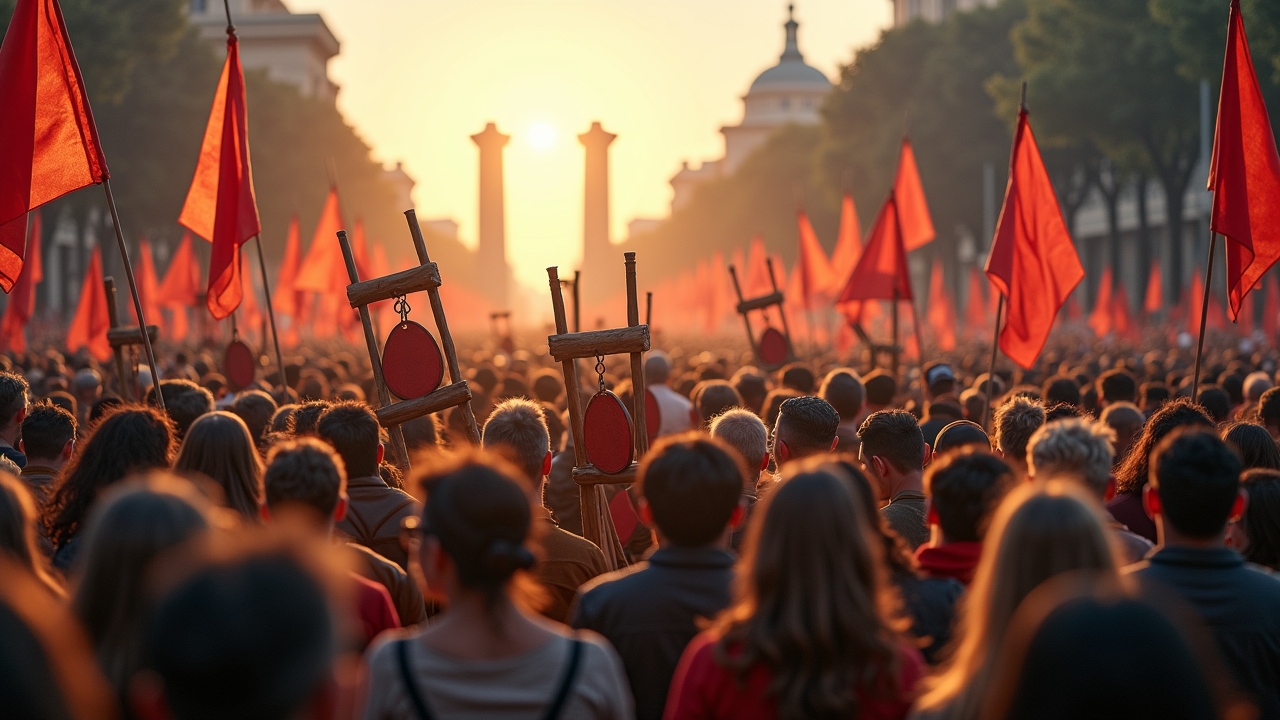





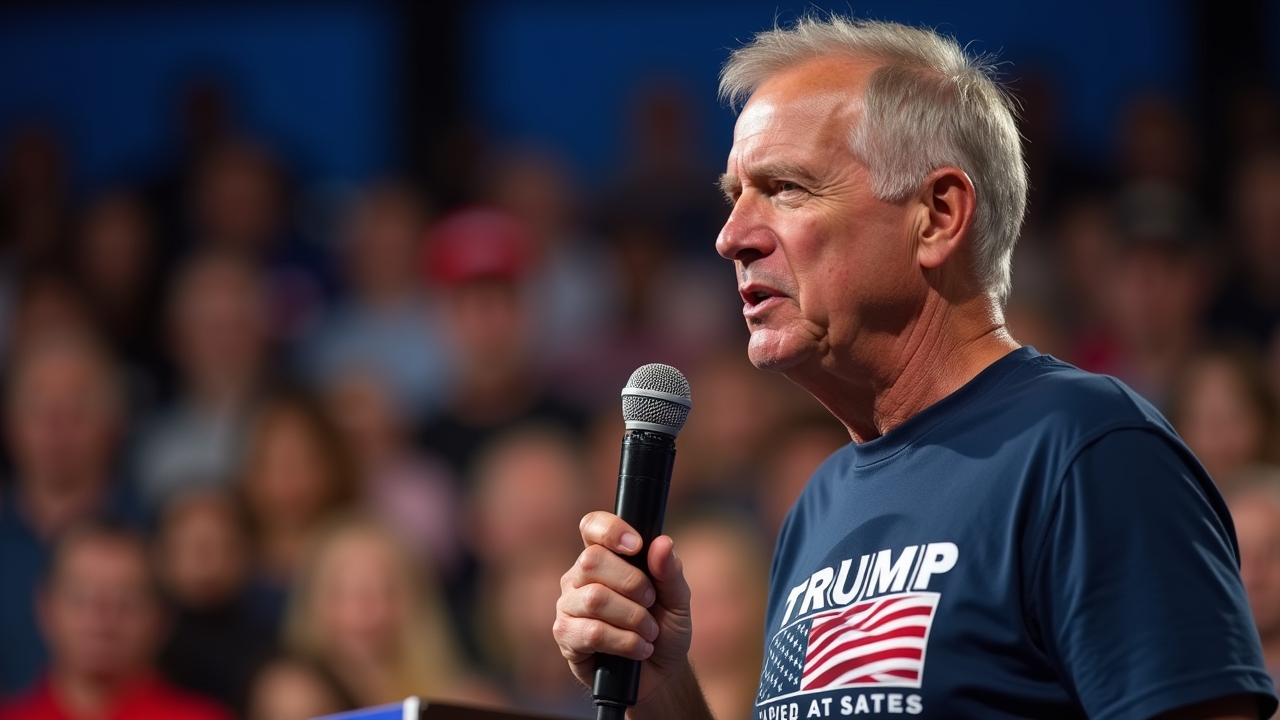

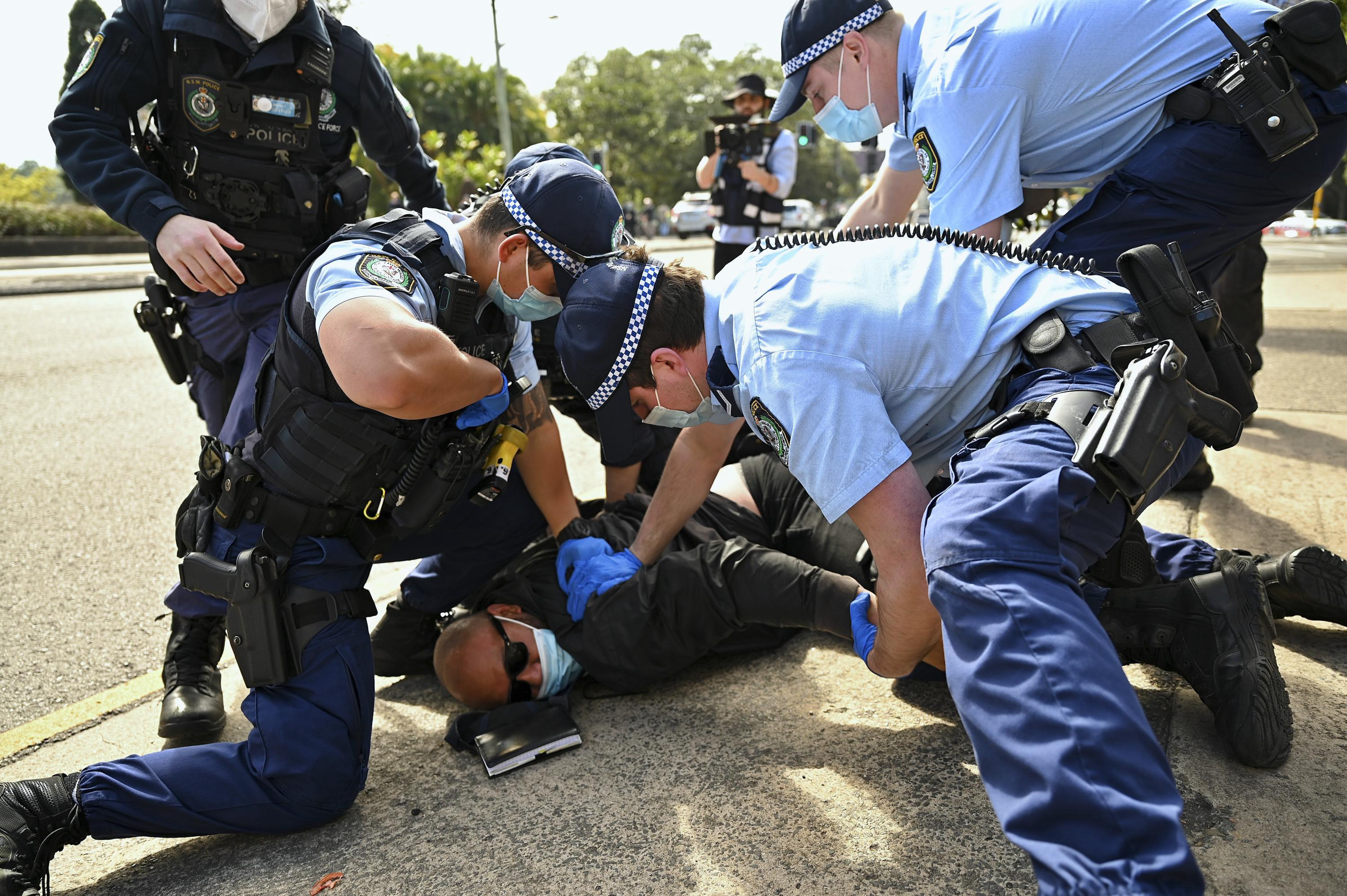



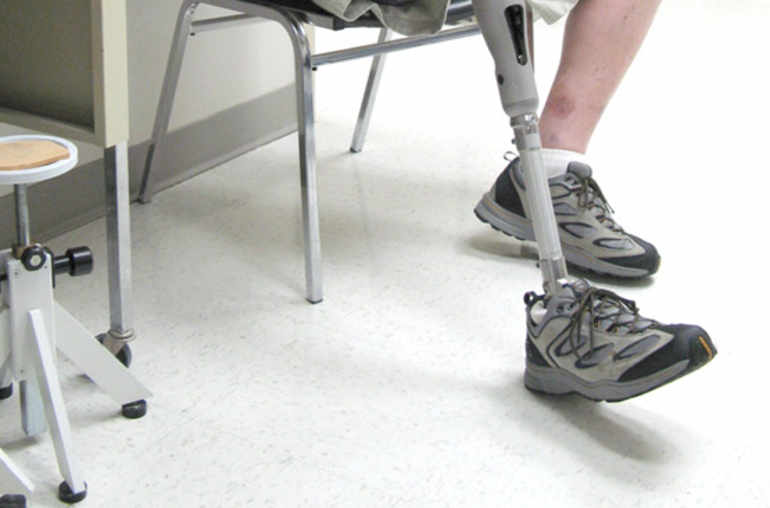

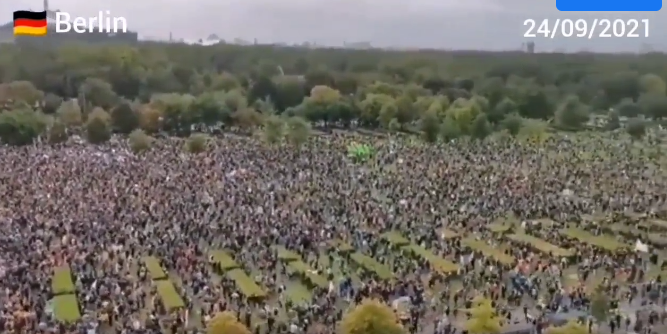


.jpg)

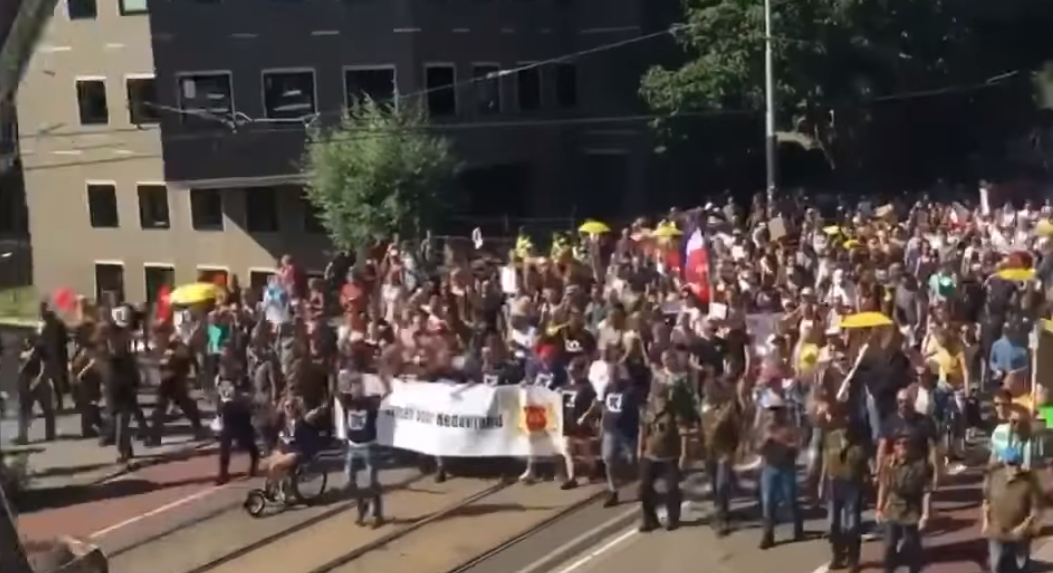

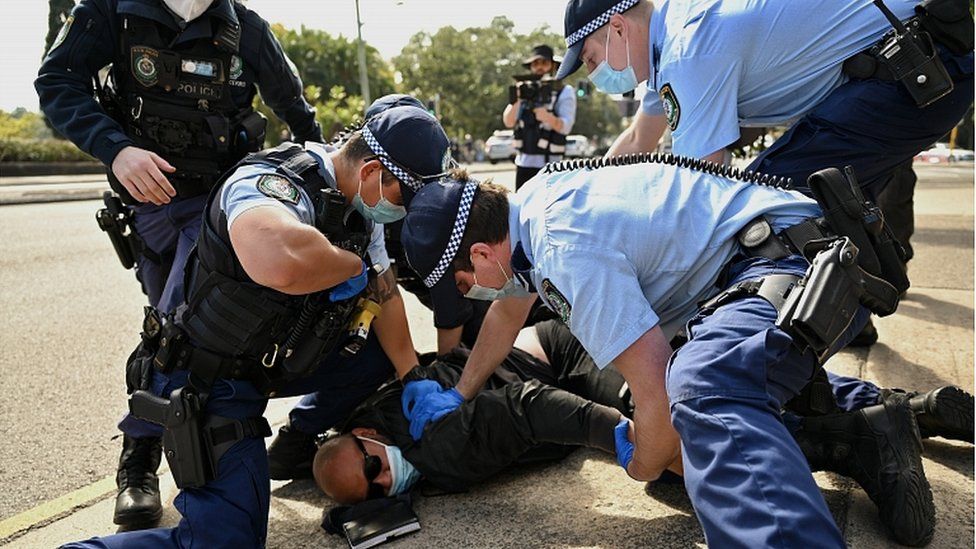


 English (US) ·
English (US) ·  French (CA) ·
French (CA) ·